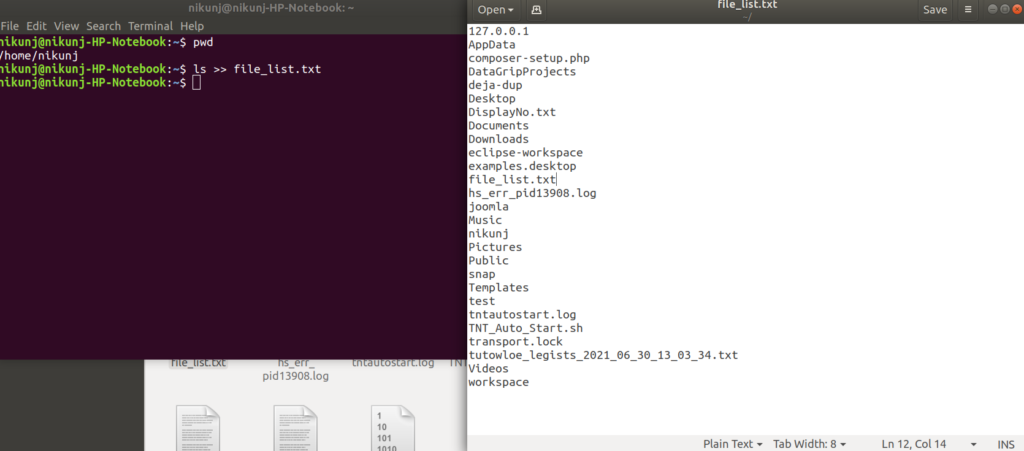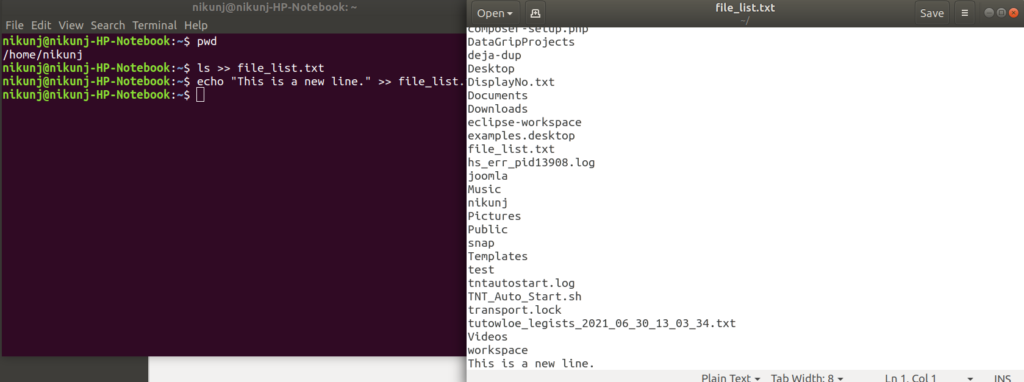
Extra Empower: Linux command output to file
Contents
Linux command output to file are quite strong and offers a lot of information, what should you do with the output? The ability to save and manage this output is essential for any administrator or user of Linux. We’ll look at a number of methods in this guide to automatically append, reroute, and store Linux command output to files.
Linux command output to file
One essential ability is to redirect the output of a Linux command to file. The “>” operator can be used to store a command’s standard output to a file. For instance:
$ ls > file_list.txtThe output of the ls command is saved to a file named file_list.txt in this example. The file containing the directory’s item list is now accessible.

Appending Linux command Output to File
When you wish to add new data while maintaining the present content in a file, appending output to a file can be helpful. The “>>” operator can be used to append output. For instance:
$ echo "This is a new line." >> file_list.txtHere, the text is appended to the file_list.txt without overwriting its current content.

Automating Output Saving
It’s not always feasible to manually store a command’s output each time. Cron jobs can be used to automate this operation. For example, to set up a cron job to save the memory consumption data of the system once every hour, create one like this:
0 * * * * free > memory_usage.txtThis cron job runs the command every hour and saves its output to memory_usage.txt.
Linux Output Saving Options
Linux gives you a number of options for saving output. For example, you can use 2>&1: to preserve both standard output and error output:
$ command &> output.txtIn this case, both standard output and error output are redirected to output.txt.
Linux is an open-source Unix-like operating system based on the Linux kernel.
For Linux users, knowing how to automatically append, redirect, and reroute Linux command output to files is quite useful. These tips can help you effectively handle the output from your Linux commands, whether you need to track system performance, store logs, or collect data for analysis. To customize the procedure to your own requirements, don’t forget to utilize descriptive naming conventions and investigate various saving alternatives.
We’ve gone over the fundamentals of saving Linux command output to files in this guide, along with several useful examples. Gaining these abilities will make it easier for you to manage the important data that Linux commands produce.


